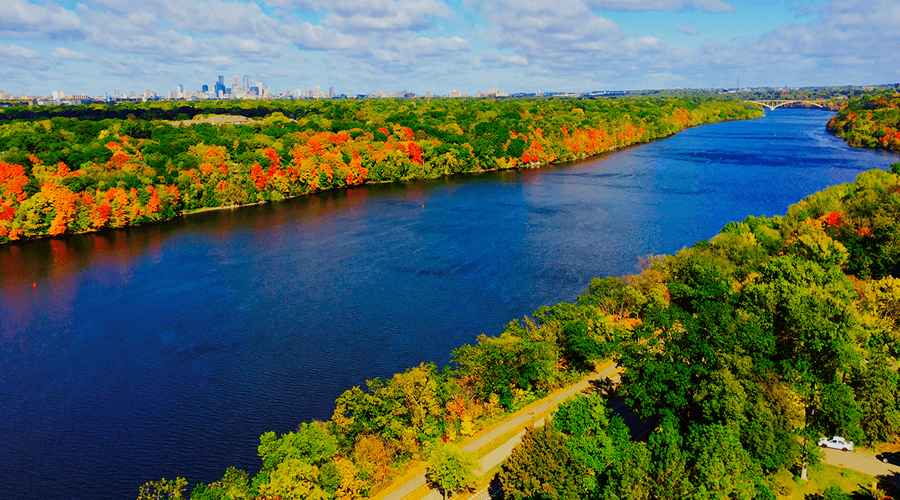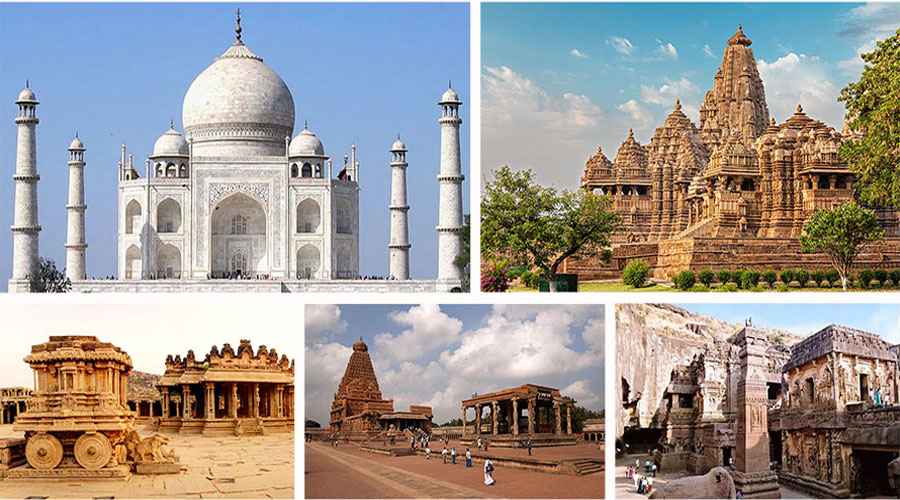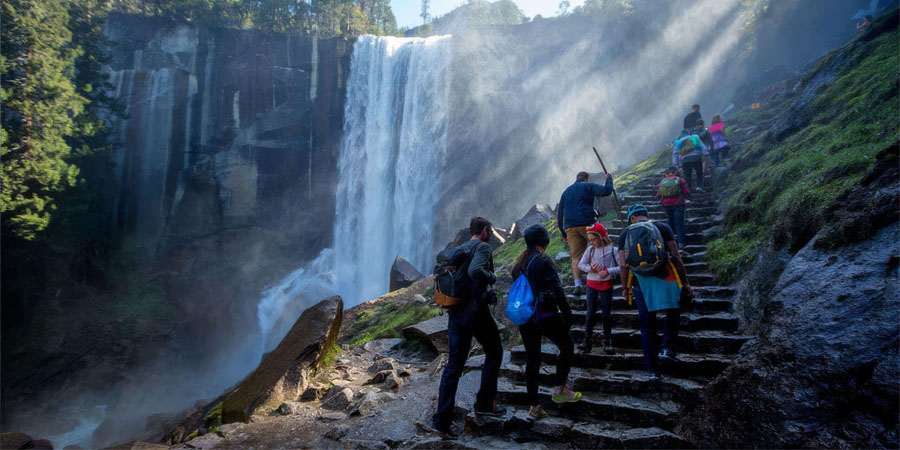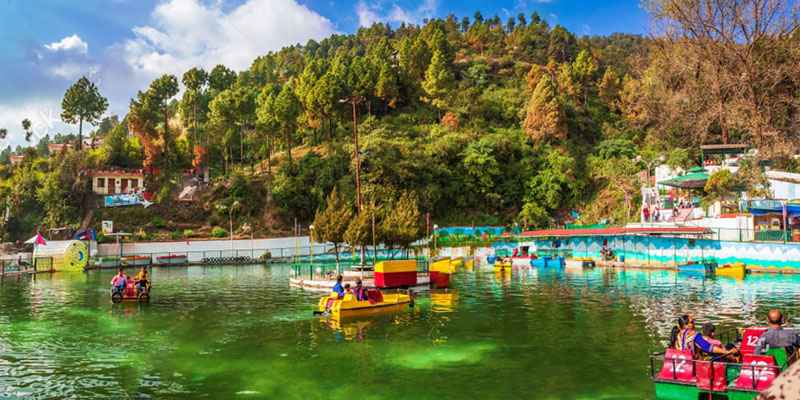The Mississippi River is one of the most iconic natural features of the United States. Stretching across the heart of the nation, it is more than just a waterway; it is a lifeline for communities, ecosystems, commerce, and culture. Known as the second-longest river in North America after the Missouri River, the Mississippi traverses diverse landscapes, passes through ten states, and influences the lives of millions of people. Its significance is both historical and modern, shaping the environment and economy in profound ways.
Geography and Course of the River
The Mississippi River originates at Lake Itasca in northern Minnesota, a modest body of water surrounded by forest. From this humble beginning, the river journeys approximately 2,340 miles before emptying into the Gulf of Mexico. Along the way, it flows through or borders ten states: Minnesota, Wisconsin, Iowa, Illinois, Missouri, Kentucky, Tennessee, Arkansas, Mississippi, and Louisiana.
The river is typically divided into three major sections:
- The Upper Mississippi – Stretching from Lake Itasca to the confluence with the Ohio River, this section is characterized by clear waters, rocky channels, and scenic bluffs, especially around Minnesota, Wisconsin, and Iowa.
- The Middle Mississippi – Flowing from the Ohio River at Cairo, Illinois, down to the Missouri border, this segment passes through fertile farmland and areas with growing urban centers.
- The Lower Mississippi – Extending from Missouri to its delta in Louisiana, this part of the river is wide, slow-moving, and heavily used for navigation and shipping. Its delta is an expansive region of wetlands that directly feeds into the Gulf of Mexico.
Environmental Importance
The Mississippi River basin is one of the largest in the world, draining about 1.2 million square miles. This watershed includes parts of 31 U.S. states and even extends into two Canadian provinces. The river and its tributaries support incredible biodiversity, including hundreds of fish species, migratory birds, and countless forms of plant life.
The wetlands surrounding the river, especially in southern Louisiana, serve as natural buffers against hurricanes and flooding. They also act as nurseries for fish, habitats for waterfowl, and critical zones for maintaining ecological balance. Unfortunately, human intervention such as levee construction, dredging, and industrial pollution have put stress on these ecosystems. Today, conservation groups and government agencies work to restore habitats, regulate pollution, and maintain the river’s ecological health.
Economic Contributions
The Mississippi River has long been called the “spine” of American commerce. It plays a vital role in transportation and trade. Barges carry massive quantities of goods such as grain, coal, petroleum, and fertilizer up and down the river. In fact, the river system moves more than 500 million tons of freight each year, making it one of the most important inland waterways in the world.
Agriculture in particular depends on the river. The Mississippi basin contains some of the richest farmland in the nation, and crops such as corn, soybeans, and wheat are often shipped downriver to export terminals near New Orleans. This has established the river as a cornerstone of the global food supply chain.
Tourism also flourishes along the river. Cities like St. Louis, Memphis, and New Orleans have long histories tied to the waterway, attracting millions of visitors. From riverboat cruises to fishing expeditions, the Mississippi contributes significantly to local economies.
Historical and Cultural Significance
Beyond its geography and economic impact, the Mississippi holds immense historical and cultural importance. Indigenous peoples lived along its banks for thousands of years before European explorers arrived. Tribes such as the Choctaw, Chickasaw, and Sioux used the river for travel, trade, and sustenance.
European exploration of the Mississippi began in the 16th century with Hernando de Soto, followed by French explorers like Jacques Marquette and Louis Jolliet in the 17th century. France, Spain, and later the United States all sought control of the river because of its strategic value. The Louisiana Purchase of 1803 was largely motivated by America’s desire to control the Mississippi and ensure access for commerce.
During the Civil War, the river was a crucial objective, as control of the Mississippi meant control of vital supply lines. One of the most important victories of the Union Army came at Vicksburg, Mississippi, when federal forces gained control of the river in 1863.
Culturally, the Mississippi has inspired countless works of art, literature, and music. It appears in songs, folklore, and stories, most notably in Mark Twain’s novels The Adventures of Tom Sawyer and Adventures of Huckleberry Finn, where it represents freedom, adventure, and escape. For many, the river is more than a physical feature—it is a symbol of America’s identity.
Challenges and Modern Issues
Despite its grandeur and importance, the Mississippi River faces several challenges today. Pollution from industrial discharge, agricultural runoff, and urban development has degraded water quality. One of the most concerning results is the “dead zone” in the Gulf of Mexico, a region with low oxygen levels caused by nutrient pollution carried downriver. This area threatens marine life and fisheries.
Climate change adds another layer of difficulty. Rising sea levels, stronger storms, and shifting rainfall patterns are altering the river’s ecosystem and increasing flood risks. The Mississippi River has seen several severe floods in recent decades, exposing weaknesses in levee systems and prompting discussions about more sustainable flood management.
At the same time, efforts are underway to restore wetlands, improve water quality, and enhance navigation systems in environmentally sound ways. Balancing economic use with ecological preservation remains one of the most pressing challenges for the river’s future.
Conclusion
The Mississippi River is not just a body of water flowing through the heart of the United States—it is a force that has shaped the history, environment, economy, and culture of the nation. It has nourished people for thousands of years, carried goods and commerce for centuries, and inspired stories and songs for generations. Today, as the river faces serious environmental and ecological pressures, its stewardship becomes more important than ever. Safeguarding the Mississippi is not just about preserving a river; it is about sustaining a lifeline that touches nearly every aspect of American life.












